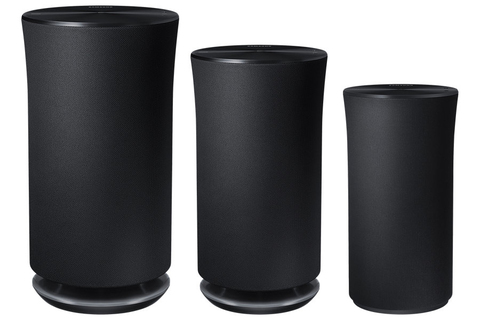How increasing use of wireless audio devices in the hospitality and leisure sector provides more opportunities to market players?
Aesthetic, comfort, and other similar aspects are crucial in the hospitality and leisure sector that primarily includes restaurants and hotels. Wireless audio devices present a plausible solution, which avoids the hassle of using wired speakers and other music systems.
The wireless audio device market size is projected to reach USD 31.8 billion by 2023, at a CAGR of 10.06% from 2017 to 2023.
There is an increasing demand for smarter and connected devices from consumers in the hospitality sector. Occupancy can be increased and retained in hotels by providing the facility of wireless audio to consumers. If people staying in the hotel could play their favorite songs from their mobile phones through wireless speakers, it would be a great experience for them. Also, in the tourism industry, travelers could be provided with wireless headphones for using audio-video systems while traveling.
Why delivering high-quality audio is a challenging factor?
Wireless audio engineers are facing a challenge to deliver high-quality audio devices in real time, using wireless technologies. Bandwidth constraint, delay in coding, and bit errors affect the wireless audio transfer. Advancements in wireless technologies, such as Bluetooth and Wi-Fi, have resulted in advantages such as receiving digital audio wherever and whenever required. However, the convergence of audio with video in the spectrum of consumer devices poses a major challenge for manufacturers in terms of quality. The availability of full bandwidth is impractical, and the required bandwidth cannot be made available for every application. For example, the maximum bandwidth available for Bluetooth is an advanced audio distribution profile (AD2P) of 768 kbps.
Download PDF Brochure @ https://www.marketsandmarkets.com/pdfdownloadNew.asp?id=1275
Negative health effects on children and other users
The use of headphones to listen to music or talk over the phone affects the listening power of users. According to a study undertaken by the New York City Health Department, continuous exposure to loud noise (through loudspeakers, headphones, and so on) can damage the delicate inner ear cells and result in hearing impairment or complete hearing loss. Children and youngsters are more prone to such damages. In addition, Wi-Fi signals can create chronic sleep problems. Emissions from wireless electronic devices can interfere with the functioning of these medical devices, thereby adversely affecting the health of the users. Therefore, users of such implanted devices are recommended to avoid close exposure to other wireless devices. This factor adversely affects the growth of the market for wireless audio devices.
Consumer preferences for portable devices
A significant shift in consumer preference can be observed through increasing consumer expenses on portable, high-quality audio devices. Audio device manufacturers have witnessed an increased shipment of wireless audio devices equipped with varied connectivity solutions such as Bluetooth, AirPlay, Wi-Fi, and SKAA; it is expected that sound bars, portable speakers, and other personal wireless audio devices, such as headphones, would contribute to the growth in the shipment. The emergence of portable audio devices with mobile technology has helped reposition these multi-functional devices as essential accessories. In short, the rise in the adoption of portable devices, such as smartphones and tablets, is generating a huge demand for wireless audio products.
Media Contact
Company Name: MarketsandMarkets
Contact Person: Mr. Shelly Singh
Email: Send Email
Phone: 1-888-600-6441
Address:630 Dundee Road Suite 430
City: Northbrook
State: IL
Country: United States
Website: https://www.marketsandmarkets.com/Market-Reports/wireless-audio-device-market-1275.html

